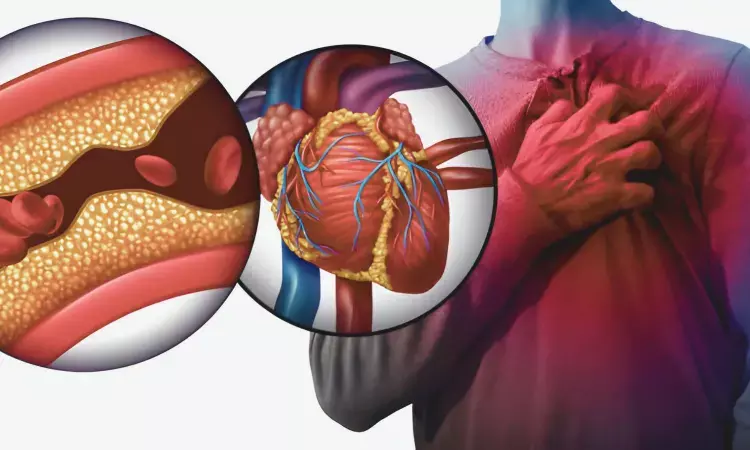- Home
- Medical news & Guidelines
- Anesthesiology
- Cardiology and CTVS
- Critical Care
- Dentistry
- Dermatology
- Diabetes and Endocrinology
- ENT
- Gastroenterology
- Medicine
- Nephrology
- Neurology
- Obstretics-Gynaecology
- Oncology
- Ophthalmology
- Orthopaedics
- Pediatrics-Neonatology
- Psychiatry
- Pulmonology
- Radiology
- Surgery
- Urology
- Laboratory Medicine
- Diet
- Nursing
- Paramedical
- Physiotherapy
- Health news
- Fact Check
- Bone Health Fact Check
- Brain Health Fact Check
- Cancer Related Fact Check
- Child Care Fact Check
- Dental and oral health fact check
- Diabetes and metabolic health fact check
- Diet and Nutrition Fact Check
- Eye and ENT Care Fact Check
- Fitness fact check
- Gut health fact check
- Heart health fact check
- Kidney health fact check
- Medical education fact check
- Men's health fact check
- Respiratory fact check
- Skin and hair care fact check
- Vaccine and Immunization fact check
- Women's health fact check
- AYUSH
- State News
- Andaman and Nicobar Islands
- Andhra Pradesh
- Arunachal Pradesh
- Assam
- Bihar
- Chandigarh
- Chattisgarh
- Dadra and Nagar Haveli
- Daman and Diu
- Delhi
- Goa
- Gujarat
- Haryana
- Himachal Pradesh
- Jammu & Kashmir
- Jharkhand
- Karnataka
- Kerala
- Ladakh
- Lakshadweep
- Madhya Pradesh
- Maharashtra
- Manipur
- Meghalaya
- Mizoram
- Nagaland
- Odisha
- Puducherry
- Punjab
- Rajasthan
- Sikkim
- Tamil Nadu
- Telangana
- Tripura
- Uttar Pradesh
- Uttrakhand
- West Bengal
- Medical Education
- Industry
Conduction System Pacing Significantly Reduces PICM and CRT Upgrade Need in AV Block Patients: CSPACE Trial

Australia: Patients with atrioventricular (AV) block who undergo conduction system pacing (CSP) experience significantly better clinical outcomes compared to those receiving right ventricular septal pacing (RVsP), according to findings from the CSPACE randomized controlled trial published in the Journal of the American College of Cardiology (JACC).
- CSP was successfully implemented in 88.1% of patients assigned to the intervention arm.
- When compared to RVsP, CSP demonstrated a significant reduction in the composite outcome rate (7.17 vs. 20.69 events per 100 person-years; hazard ratio [HR] 0.35).
- This improvement was primarily attributed to a marked decrease in PICM (4.58 vs. 14.69 events per 100 person-years; HR 0.31).
- CSP completely eliminated the need for CRT upgrades (0 vs. 1.92 events per 100 person-years), further highlighting its clinical advantage.
- The trial did not find statistically significant differences for heart failure hospitalizations (HR 0.16) or all-cause mortality (HR 0.61), though the trends consistently favored CSP.
- The conduction system approach was associated with a higher incidence of lead revisions compared to RVsP (7.9% vs. 1.0%), which remains a key consideration for clinical practice.
Dr Kamal Kant Kohli-MBBS, DTCD- a chest specialist with more than 30 years of practice and a flair for writing clinical articles, Dr Kamal Kant Kohli joined Medical Dialogues as a Chief Editor of Medical News. Besides writing articles, as an editor, he proofreads and verifies all the medical content published on Medical Dialogues including those coming from journals, studies,medical conferences,guidelines etc. Email: drkohli@medicaldialogues.in. Contact no. 011-43720751


